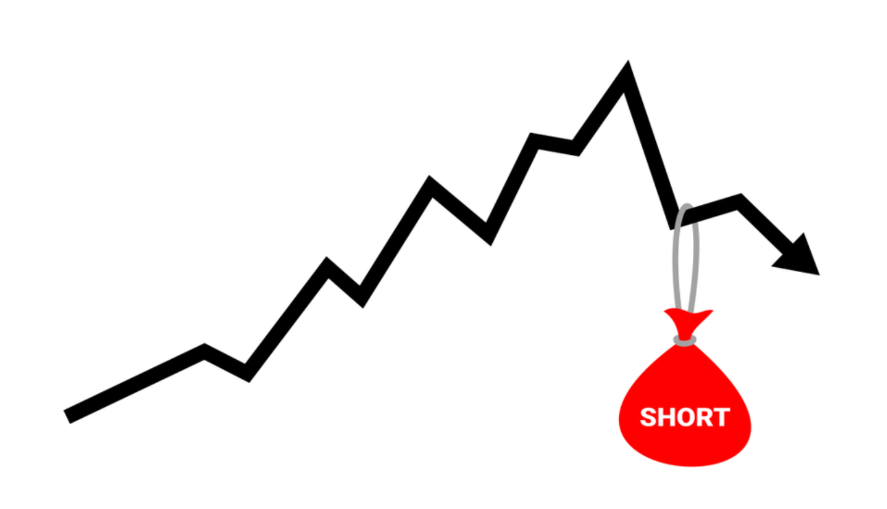On the Nasdaq, one of the top gainers yesterday was a stock very few people have even heard of.
Regencell Bioscience (NASD: RGC) soared to new highs on no apparent news. During Wednesday’s session, shares of RGC rose over 100%.
What is RGC?
RGC operates a traditional Chinese medicine bioscience company. The company’s primary focus is on the research, development, and commercialization of traditional Chinese medicine. The medicines are used for the treatment of neurocognitive disorders and degeneration.
The company was incorporated in 2014 and headquartered in Causeway Bay, Hong Kong.
The company went public on the 16th of July, 2021. RGC priced its initial public offering of 2.3m ordinary shares at $9.50 per share. From the IPO, the company received aggregate gross proceeds of $21.9m.
The proceeds from the offering will be used to fund research and development, staff salaries, working capital, and other general corporate expenses.
Market Cap: 585.85m
Float: 2.3m
Average Volume (10 days): 2.08m
Shares Outstanding: 12.65m
The Short Squeeze
Various factors contribute towards a short squeeze. For example, the size of the float can be a significant contributor to the range of the squeeze. Perhaps the most important determining factor of a short squeeze is how many shorts are stuck relative to the size of the float.
In the above chart, which I have marked with the days to be more transparent, a couple of things stand out.
On Friday, last week, the stock traded higher on no fundamentally changing news. The stock traded abnormally large volume and reached a high of $26.7 after opening the day at $6.
On Monday, the stock traded lower on subdued volume. This is where it gets interesting.
After trading higher on Friday, the stock traded lower and closed the day in negative territory. This might have signaled to short sellers that the stock has topped out. Many short sellers could have positioned short on Monday, looking for the stock to give back most of Friday’s gains. Traders were able to easily access short shares of RGC on Monday, even though the float is only 2.3m shares. In this regard, it is fair to say that shares of RGC were ETB earlier in the week.
The T+2 Rule
To understand the squeeze in RGC, one has to understand the T+2 rule as this could explain the move seen in the stock.
T+2 is a shorthand for “trade date plus two days.” For most stock trades, settlement occurs two business days after the day the order executes. So T+2 essentially means that when you buy a security, your payment must be received by your brokerage firm no later than two days after the trade has been executed.
This impacts traders who are short a stock as well. If a large amount of RGC was shorted on Monday and those orders were not settled two days after the trade was executed, which is common when a low float is ETB and holds a considerable short-term short interest, then buy-ins occur. Buy-ins take place when shorts are forced to close their short position, thereby settling their position.
Based on the gravity of buying at 9 am yesterday, in the pre-market and throughout the day, coupled with the fact that the stock could have easily been shorted at the beginning of the week, the T+2 rule might have been the reason why the squeeze began.
The Bottom Line
Various factors and possibilities can add to and create a short squeeze. The T+2 and forced buy-ins certainly contribute towards a squeeze, and therefore it is important to be aware of these rules.
Being aware of the rules can help individuals manage the risk. It might also lead to new ideas and opportunities being discovered.





